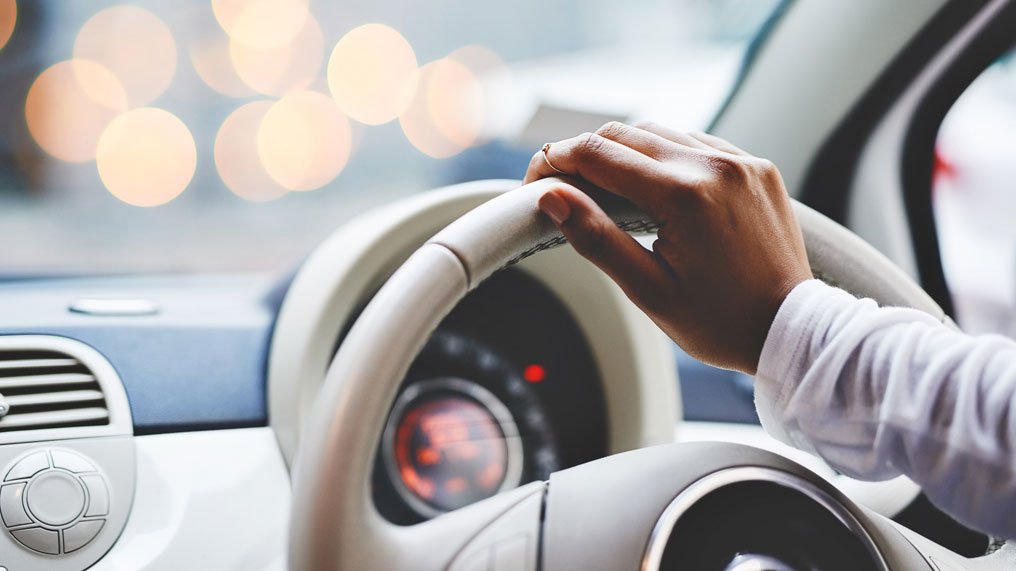There are few rites of passage as exhilarating as passing your driving test. The shackles of public transport, or worse yet getting a lift off mum and dad, are cast off and the world is yours to explore.
Of course, things like insurance don’t seem that big a deal, but young drivers’ car insurance can end up costing more than your first car. And even if you passed your test a few years ago and have been accident free, the cost of insurance can still be high for the under-25s.
It seems unfair, but the reality is, the expense is grounded in sound statistical research.
The young and the reckless
According to road safety charity Brake, younger drivers have a higher level of road risk because of a mix of youth and inexperience.
The human brain isn’t fully developed until the mid-20s, meaning young drivers can be more likely to take risks and be influenced by peers to act on impulses.
With youth also comes inexperience, which Brake says leads to poor hazard perception in situations where the hazard may not be obvious.
It all adds up to more expensive premiums. Other factors that affect young drivers’ car insurance costs include:
-
Your car. There are many elements about your car that will be taken into consideration when calculating your premium: its age, value, engine size, and the time and cost that repairs to the model typically cost. New, powerful cars will tend to be more expensive.
-
Who you are. We’ve already seen that being young results in young drivers’ insurance being higher, but where you live, your occupation and whether you have any no-claim discount also play a part.
-
The cover you want. Car insurance comes in three flavours: comprehensive, third-party, or third-party fire and theft. Higher risk drivers often opt for third-party cover, resulting in more claims against this type of policy, which can make third-party cover more expensive. Direct Line does not offer third-party cover.
-
Your excess. When you take out your car insurance you will be asked to choose your excess. This is the amount of money you have to pay before the insurance company picks up the bill. The more excess you’re willing to pay the cheaper your premium will be. But remember to only choose an excess you can realistically afford.
Driving down costs
What can you do to bring down the cost of your car insurance if you’re a young driver?
-
Choose a sensible car. A fast, flash car is the dream of many young drivers, but sadly these types of cars will be in higher insurance groups. More power and speed means an increased risk of accident, and accidents in fast cars tend to be more expensive than in slower vehicles. Also, fancy cars will always make more enticing targets for thieves. So while it may not have the same kind of street cred, a smaller car with a less powerful engine will be cheaper to insure.
-
Keep it secure. If you can, make sure your car is parked off the road at night, and ideally in a garage, as this will keep your car insurance premium lower. Security devices such as an alarm, immobiliser and tracker will all help too.
-
Be a named driver. Before you get your own car, consider being a named driver on your parents’ car. Often you can build up a Named Driver Discount, which you can transfer across when you then take out a policy of your own. This can help bring down the cost of a young driver’s car insurance.
If you decide to become a named driver on your parent’s insurance policy, then you can’t be the main driver of the vehicle. So if you’re driving the car to university, or to work every day, and you have an accident, then your insurance claim could be void. Never put the more experienced driver as the main driver. ‘Fronting’ a policy in this way is illegal.
Telematics lets you see how well you’re driving based on hard facts
Personalise your policy with telematics
Like all car insurance, the cost of young drivers’ insurance is based on generalised data and statistics. However, once you’ve passed your test you can get a more personalised premium by opting for telematics insurance, commonly known as ‘black box insurance’.
It’s a simple enough proposition:
-
Your insurer gives you a plug-in that attaches to your car.
-
This provides real-time data on how you drive, including things like acceleration, braking and cornering.
-
If you drive responsibly you save when it’s time to renew your policy.
Telematics lets you see how well you’re driving based on hard facts, so you can see if you really are a safe driver and if not make the necessary changes.
Student fees
Insurance costs for students will typically be high because they tend to be younger drivers. So, for the reasons above their premiums will be higher than older drivers.
Coupled to this is the fact that universities are located in cities (where crime rates are higher compared to small towns and rural areas), which means insurance claims are statistically higher. Areas that students live in often have higher crime rates than surrounding areas too. This puts their cars at increased risk of theft and vandalism.
For students, the best way to get lower insurance premiums is to make sure their cars are secured with anti-theft devices, and consider telematics insurance to prove that they are safe drivers. Then as you continue to prove that you’re a responsible driver you should see the benefits as your no-claim discount racks up and your insurance premiums come down.




